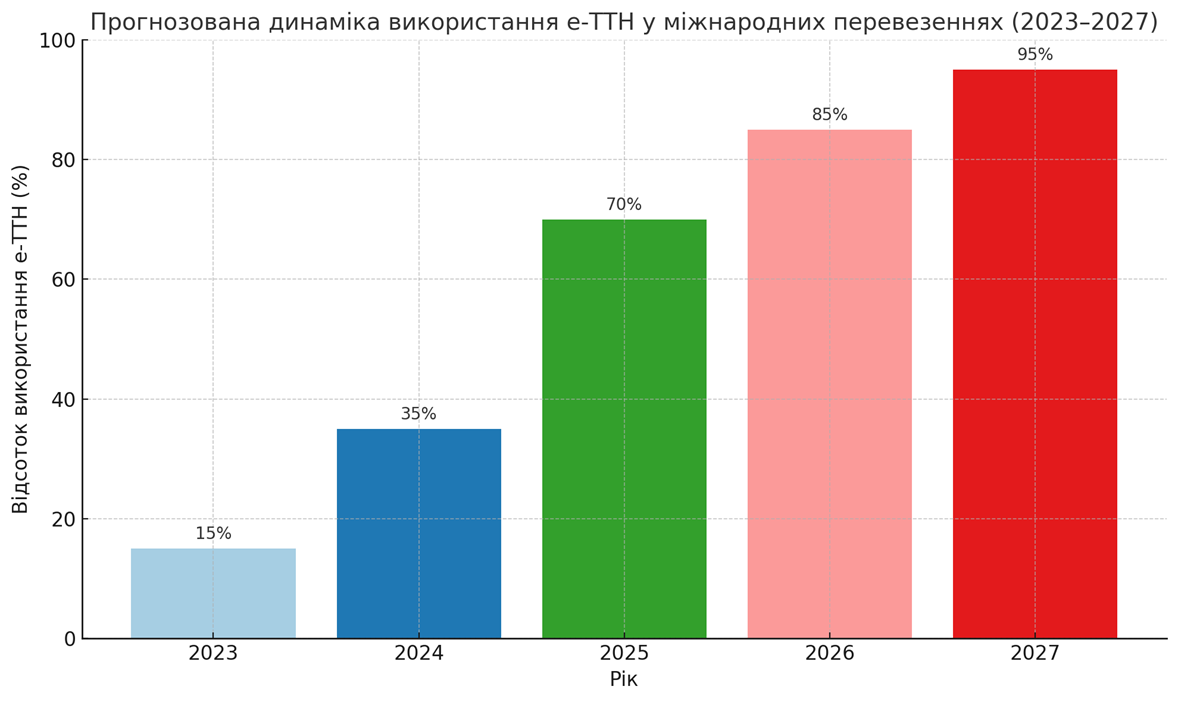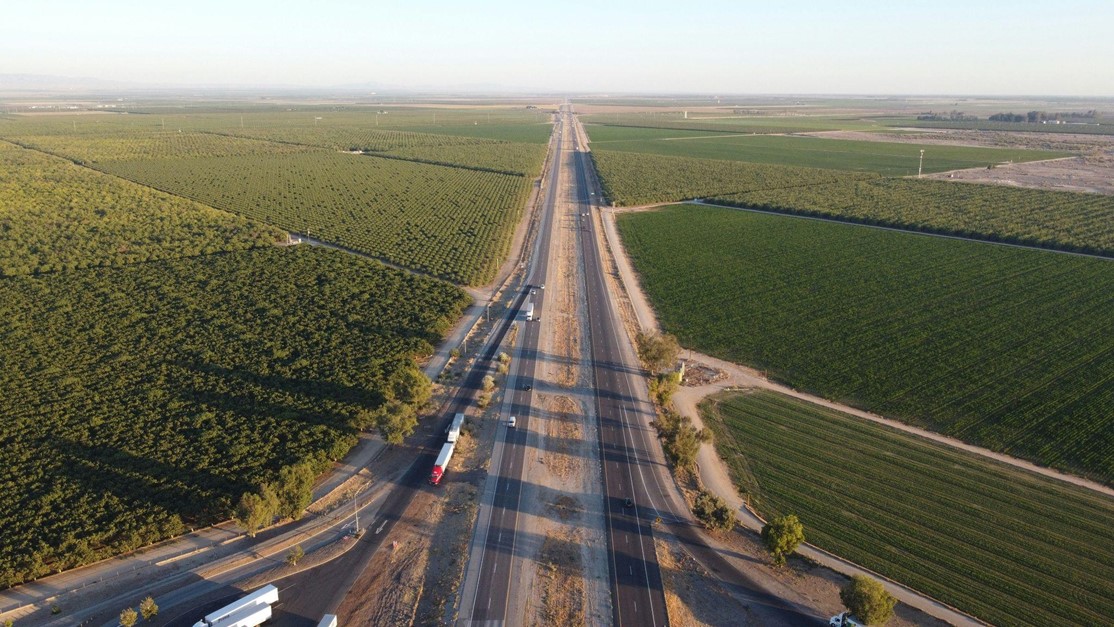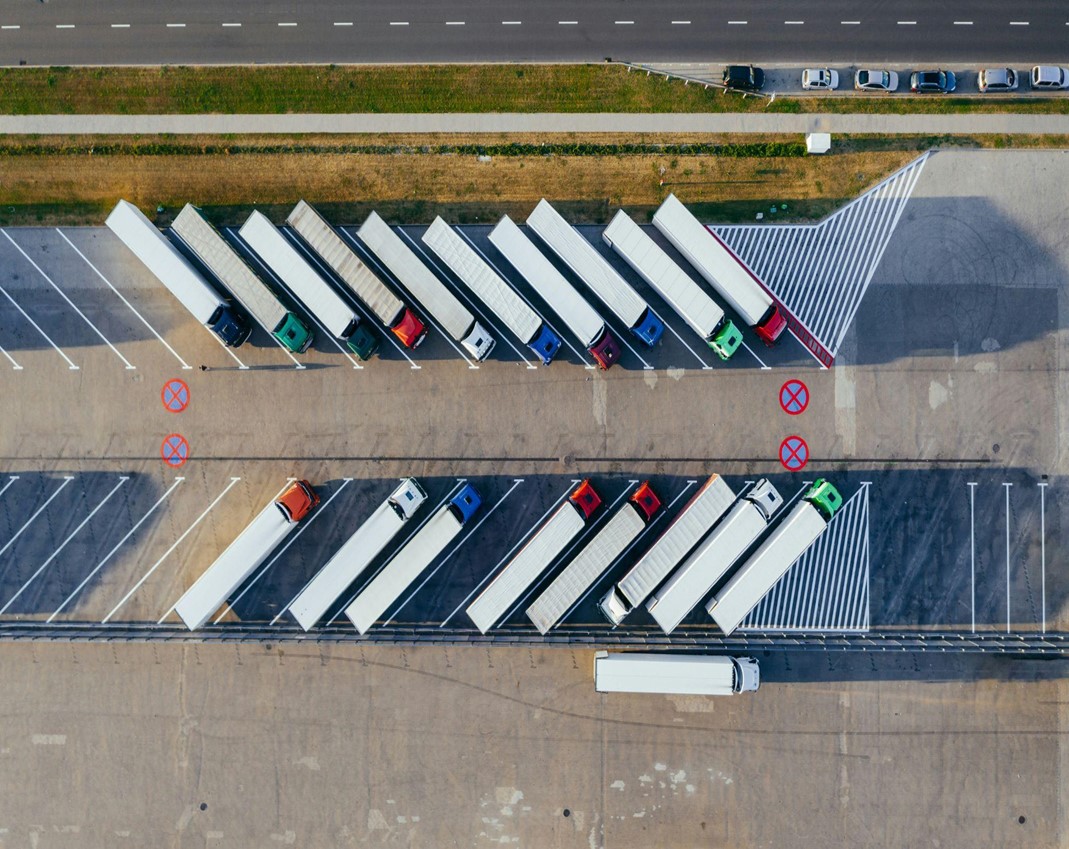International road freight transport forremain a key element of global logistics, especially for Ukraine, which is actively integrating into European transport corridors. You can find out more about one of the most reputable such companies on https://rapid.com.ua/poslugy/mizhnarodni-vantazhni-perevezennyaand get acquainted with all types of services.

The year 2025 brings significant changes and challenges for the logistics industry, requiring market participants to have a deep understanding of new rules for the carriage of goods, technological innovations and geopolitical realities. The industry is facing significant changes: new environmental regulations, digitalisation of document flow, updated transit rules and transport requirements. Let's take a look at the key aspects that will shape the future of international road transport and practical recommendations for businesses.
How international transport will change in 2025
Modern international logistics is under the influence of a number of powerful transformational factors. Growing demand for fast and flexible delivery, stricter environmental standards, digitalisation of logistics processes and geopolitical instability are all creating new requirements for transport logistics.
EU countries are gradually synchronising their regulatory frameworks and introducing new environmental and supply chain transparency requirements. In Western European cities, emission controls are being tightened, toll zones for diesel vehicles are being introduced, and the use of electric and alternative fuel vehicles is being encouraged. Let's take a closer look at the main directions of international freight transport development in 2025.
Environmental vector: New environmental requirements and CO₂ emissions from freight transport
The European Union continues its decarbonisation drive, which has a direct impact on logistics supply chains. In 2025, regulations on CO₂ emissions from freight transport are expected to be further tightened. This means that carriers will have to invest more heavily in modernising their fleets, giving preference to low-emission vehicles, electric vehicles or hydrogen vehicles intrucks. This is expected to increase operating costs, and the new international freight rates will reflect these changes. What rules will affect this:
- CO₂ emissions from freight transport should be reduced by 15% compared to 2019 year.
- Introduction of new environmental fees for vehicles that do not meet Euro 6 standards.
- Mandatory use of an electronic consignment note (e-CN) for all international transport.
Expected impact of environmental regulations on carrier costs in 2025
| Influencing factor | Expected percentage increase in costs | Note |
| Requirements for CO₂ emissions | 3-5% | Modernisation of the vehicle fleet, emission taxes |
| The cost of green fuel | 2-4% | Biofuels, electricity for EVs |
| Certification and reporting | 1-2% | Additional administrative costs |
Research. McKinsey show that by 2030, about 30% of European carriers will update their fleet to comply with new regulationsAm.
Here's an example: German hauliers are already actively deploying electric trucks for domestic and short international routes. According to the European Association of Automobile Manufacturers (ACEA), the share of electric trucks in the EU's new fleet is growing, which indicates the direction of the industry's development.
Digitalisation and automation: E-B/L and integration with customs systems
The year 2025 will be a turning point in the digitalisation of logistics processes. Digital platforms for logistics provide companies with real-time information:
- monitor the movement of goods;
- receive customs notifications;
- automate document flow;
- predict delays and build optimal routes.
Services that already operate in the EU (Trans.eu, Timocom, CartoON) require companies to be API compatible, have electronic signatures, and ERP modules. Ukrainian carriers are adapting their software to work with European platforms, which allows them to provide more efficient services logistics supply chains.
Widespread adoption of the electronic consignment note (eCN) in Ukraine and its integration with European systems will become the norm. Ukrainian companies are increasingly adopting digital services in logistics, implementing integration with EU customs platforms to automate warehouse logistics to reduce processing times. This is intended to significantly simplify the transport of goods across borders, reduce bureaucracy and speed up customs procedures.
Forecasted dynamics of eB/L in international transport

The growing popularity of eB/L is due to digitalisation of logistics processes, increased control by customs authorities and the need to integrate with European information systems. According to the IRU, more than 60% of European companies are already using digital waybills, and this share is growing every year.
Route optimisation and multimodal transport
Geopolitical tensions and the war in Ukraine continue to affect supply chains, creating challenges for logistics businesses in Europe. Queues at the border remain an issue. Waiting times can reach 20-30 hours. This is due to the insufficient number of border crossing points, slow customs operations and the lack of full integration of electronic data exchange systems between countries.
The solution is to build up Europe's transport infrastructure, including the creation oflanes for electronic customs clearance, automated cargo weighing and scanning areas, and an increase in the number of checkpoints with an electronic queue.
This situation is also driving other solutions. Companies are using:
- Combined transport (road + rail).
- Routes bypassing busy checkpoints.
- Shared logistics to reduce costs.
Let us consider the predicted effect on the example of the three most common areas
| Direction. | Average waiting time 2024 | Forecast for 2025 |
| Freight transport Poland Ukraine | 24-48 h | 18-36 h |
| Freight transport Germany Ukraine | 12-24 h | 10-20 h |
| Freight transport Czech Republic Ukraine | 18-30 h | 15-25 hours |
According to a report by the International Road Transport Union (IRU) for 2024, geopolitical factors and driver shortages remain key challenges for the logistics industry. Freight transport development forecast points to the need for logistics companies to adapt to new requirements.
New rules for the transport of goods: certification of drivers and vehicles
EU legislation is actively changing towards transparency, automation and compliance with environmental standards. In particular, starting from 2025, the following will be introduced:
- New mandatory requirements for driver certification (including testing of knowledge in the field of digital logistics).
- Vehicle emission standards (minimum Euro 6);
- Mandatory equipment of vehicles with digital GPS trackers that integrate with national monitoring systems.
In the context of shipments to Poland, Germany and the Czech Republic, the compatibility of IT systems and customs modules is becoming increasingly important. For countries on the EU's eastern border, such as Ukraine, the key challenge is to harmonise the customs process through electronic services.
Adapting logistics companies to new requirements: Strategies for success in 2025
What should transport businesses consider in 2025? To successfully navigate the changes, logistics companies must actively implement strategies based on innovation, efficiency and sustainability. Specific actions are required:
- Modernisation of the fleet means switching to more environmentally friendly and economical vehicles. It's not just about meeting regulations, but also about reducing operating costs in the long term.
- Route optimisation - the use of advanced logistics software to build the most efficient routes, taking into account the traffic situation, forecasts of queues at the border and new transit conditions.
- Integration with digital platforms for logistics - active use of digital services that will allow tracking cargo in real time, automate documentation, simplify customs clearance of goods, andand interaction with the customs authorities.
- Developing multimodal transport - namely, combining road transport with rail, sea or air transport to increase flexibility, reduce costs and reduce carbon footprint. This will mitigate the impact of factors such as border queues.
- Don't forget about regular staff training and certification. Continuous professional development of drivers and logisticians, familiarising them with new rules of cargo transportation and technologies.
Implementing automation solutions in warehouses will speed up cargo handling and optimise supply chains.

Forecasts and prospects: The future of international freight transport
International freight transport in 2025 will be characterised by further digitalisation, green initiatives and increased competition. Companies that can quickly adapt to these changes, invest in technology and sustainability will have significant advantages.
Key technologies and their impact on freight transport 2025
| Technology | Expected impact | Benefits for the carrier |
| E-B/L and digital documentation | Reduced paperwork | Save time, reduce errors, speed up customs clearance |
| GPS tracking and telematics | Precise cargo monitoring | Route optimisation, fuel control, improved safety |
| Logistics software | Automation of planning | Efficient use of the vehicle fleet, reduction of empty runs |
| Electric and hydrogen trucks | Reducing CO₂ emissions | Environmental friendliness, potential fuel savings, compliance with regulations |
| Integration with customs systems | Speeding up customs procedures | Reduced downtime at the border, faster delivery |
Prospects for Ukrainian companies
In 2025, it is planned to modernise the road network in Poland and Romania and expand logistics centres near the Ukrainian border. This will help reduce the time it takes to deliver goods to Germany and the Czech Republic.
Thanks to the introduction of green technologies, Ukrainian companies can receive financial support from the EU to modernise their vehicle fleet (electric cars, gas tractors) to use alternative fuels.
By optimising logistics chains and using multimodal transport, you can increase competitiveness and grow your business.
The importance of choosing a reliable partner
In this complex and dynamic industry, choosing a reliable partner for freight transport in Ukraine and the EU is crucial. Companies specialising in international road transport must not only have a modern fleet and experience, but also a deep understanding of all the nuances of international logistics in 2025. They must be ready to adapt to new requirements, offer optimal solutions, taking into account all changes in transit conditions and new tariffs for internationaltransportation.
A reliable logistics partner will help your business effectively overcome all the challenges associated with transporting goods across borders, ensuring uninterrupted supply chains. He will provide expert advice on customs clearance of goodsc, prepare transport in accordance with the new standards and offer solutions that meet the new environmental requirements. To discuss your individual international transport needs, you can go to https://rapid.com.ua/kontakty and get all the information you need.

Conclusion: Investing in the future of logistics
2025 promises to be a year of significant transformation for international road freight transport. Companies seeking to remain competitive must actively implement the digitalisation of logistics processes, invest in fleet modernisation and constantly monitor changes in legislation and market conditions. Only such an integrated approach will allow businesses to successfully overcome the challenges posed by rising fuel costs, queues at the border and the logistics crisis, ensuring efficient and stable international freight transport. The future belongs to those who are ready to innovate and adapt.


